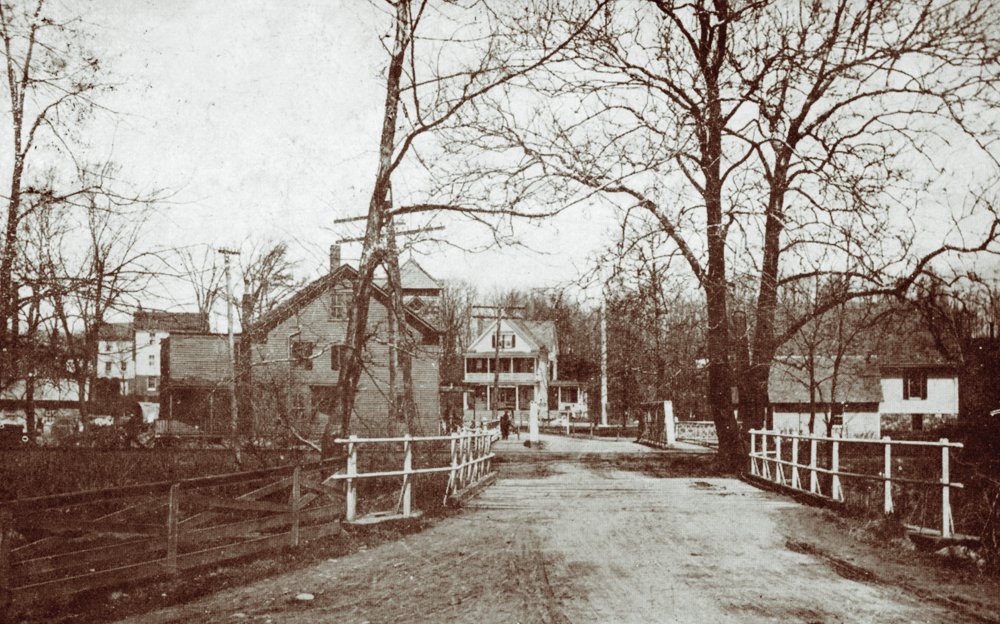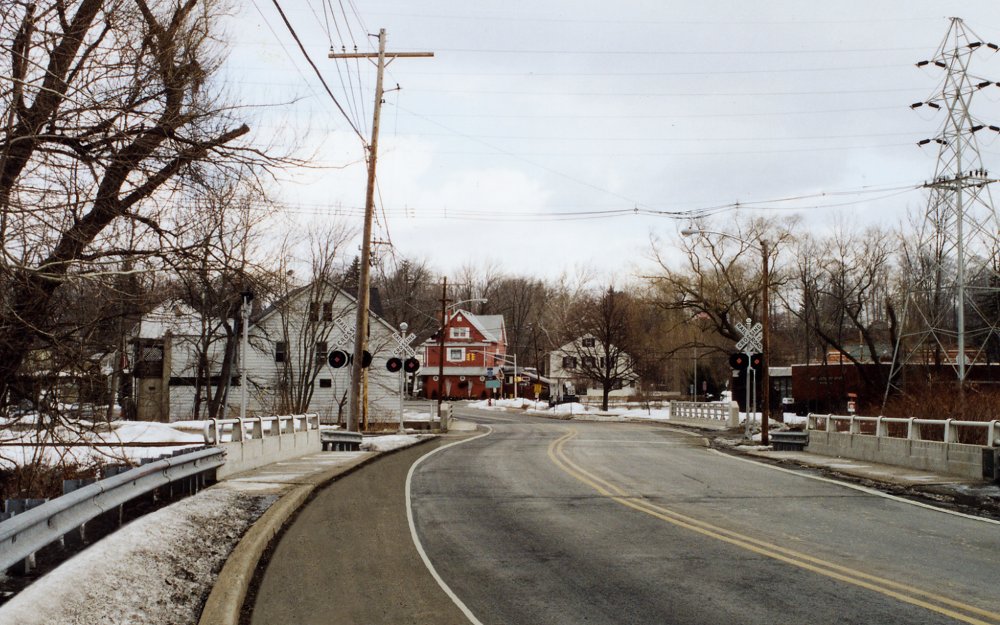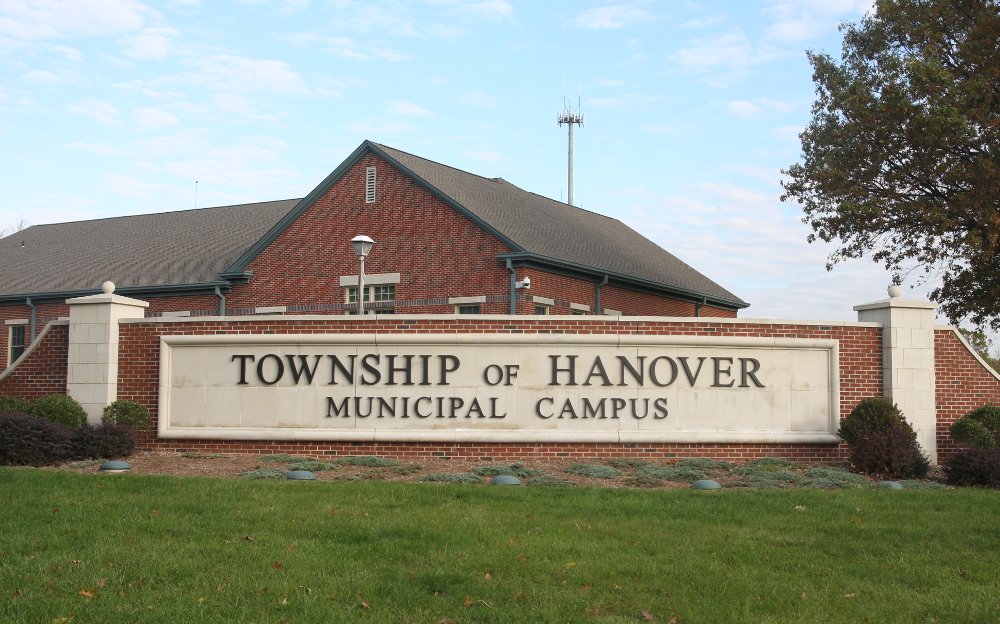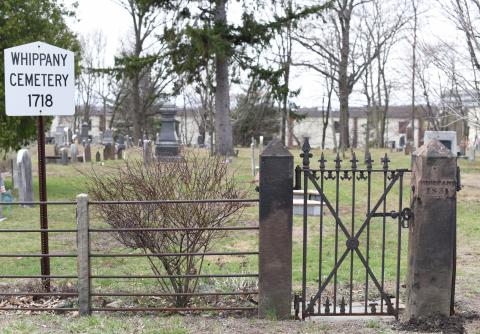Construction Underway to Restore it to its Original Grandeur
Whizzing by on NJ State Highway Route 10 traveling 40 / 50 miles-per-hour, people hardly realize they are passing a pre-Revolutionary landmark of national, historic significance.
The “Whippany Burying Yard,” as it is historically known, is the oldest colonial graveyard in Morris, Sussex, and Warren Counties. It contains the earliest dated colonial artifact in the area— its first carved stone is marked 1718— fondly referred to as the “Plymouth Rock of north central New Jersey.”
The Whippany Burying Yard is listed on the National Register of Historic Places. It was established before the United States was conceived, before New Jersey was a state, and before Morris County was founded. As a matter of fact, eleven Revolutionary War soldiers and two of Morris County’s first governing judges are buried at this historic site. The old stone monuments are beautifully carved with angels and willow trees signifying everlasting life.
The land was a gift. The deed grants the land to the inhabitants of Whippanong for a “meeting house, schoolhouse, burying yard, training field, and for public use.” It is the site of the First Church and the First School in what is now Morris County. It contains over three-hundred marked graves. Another hundred and fifty unmarked graves are memorialized by a brownstone and bronze monument proclaiming “Known only to God.” In just one year from now, the Whippany Burying Yard will celebrate 300 years—and nine generations—of existence.
The Hanover Township Committee has long recognized the history of the site and through the years has allocated funds to repair and restore many of the old headstones that have deteriorated through hard weather and the passing of time.
The oldest brownstones are susceptible to splitting apart by rainwater penetration that freezes and thaws. Modern air pollutants and acid rains cause wear on the engraved stone epitaphs. All the stones heave with the movement of the ground, causing many to lean, and if not corrected, they break in two.
In 2015, a gravestone conservator was commissioned to create a restoration plan. In 2016, a contractor was hired to begin restoring the site. 50 headstones have been identified as being worn and damaged through time. Currently 14 of the oldest brownstones are being restored. Six of 16 bronze plaques were forged to commemorate the names, dates, and epitaphs that are worn away or illegible. Volunteer craftsmen are repairing the historic wrought iron gates that were built in 1851. Next spring a stately, live, green fence of evergreen shrubs will be planted inside the historic iron fence to re-establish the ambiance of what was once a quiet resting place before Route 10 became a highway.
Located between Route 10 and the Whippany River, the old burying yard is open to the public and worth visiting. Traveling East on Route 10, it is between Troy Hills Road and Algonquin Parkway. Parking is available at the JR Tobacco parking lot.
Hanover is proud of its rich history. Hanover is the “First Township” of what came to be called Morris County. Hanover Township is preparing to celebrate the Whippany Burying Yard Tercentennial in 2018.
—Hanover Township Landmark Commission
published in the Hanover Eagle, December 22, 2016
Other recent Whippanong Burying Yard stories published in the Hanover Eagle—
Mar 13, 2017: Hanover Township seeks grant for Burying Yard repairs
Dec 22, 2016: Hanover Township prepares burying yard for tercentenary birthday
By Len Fariello, Contributing Writer
Aug 17, 2016: Hanover Township to use $50K to restore Whippany Burying Yard gravestones
Jun 21, 2016: Tour Whippany Burying Yard as part of Revolutionary Time Weekend
Mar 29, 2016: 250-year-old headstones found at Whippany Burying Yard




